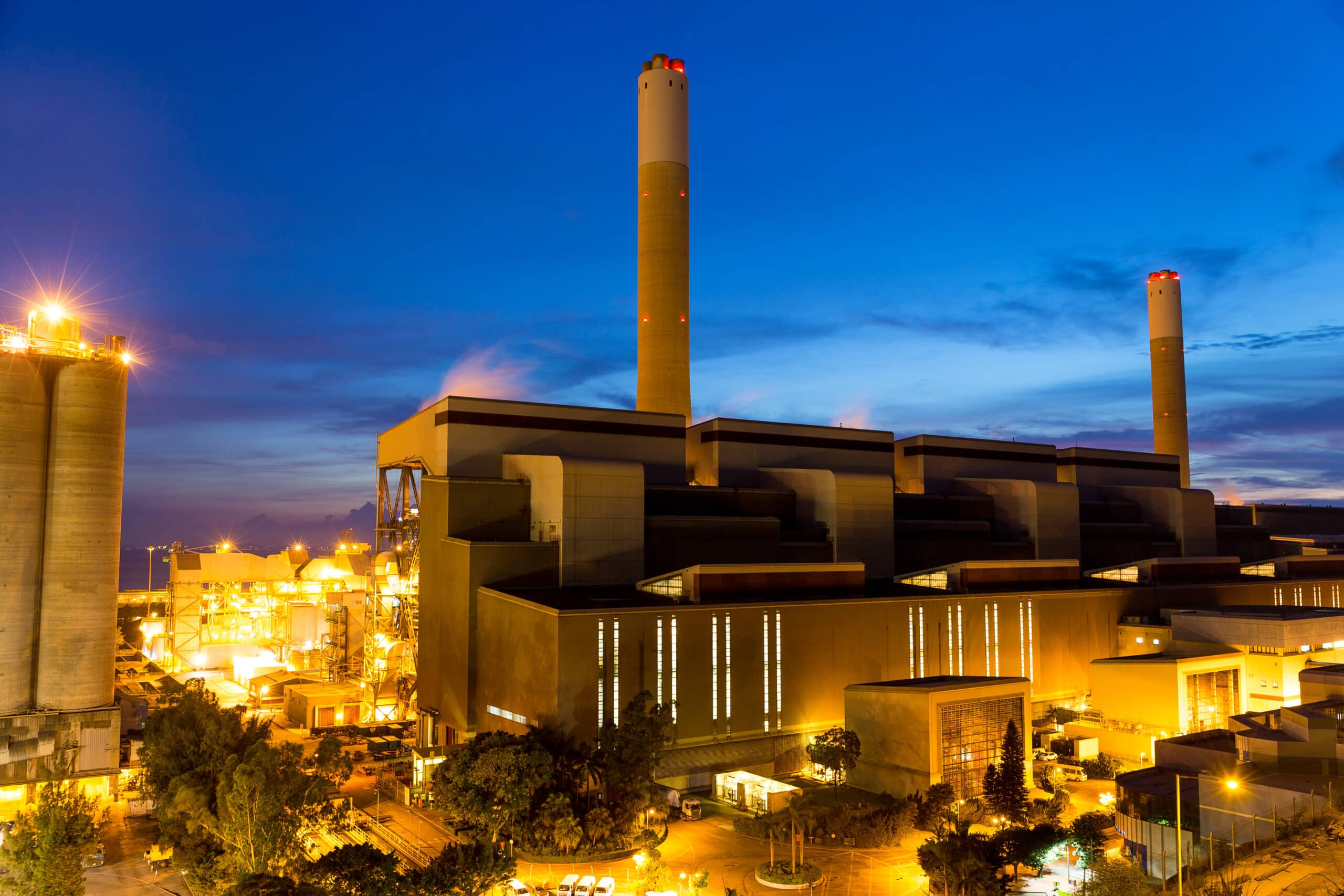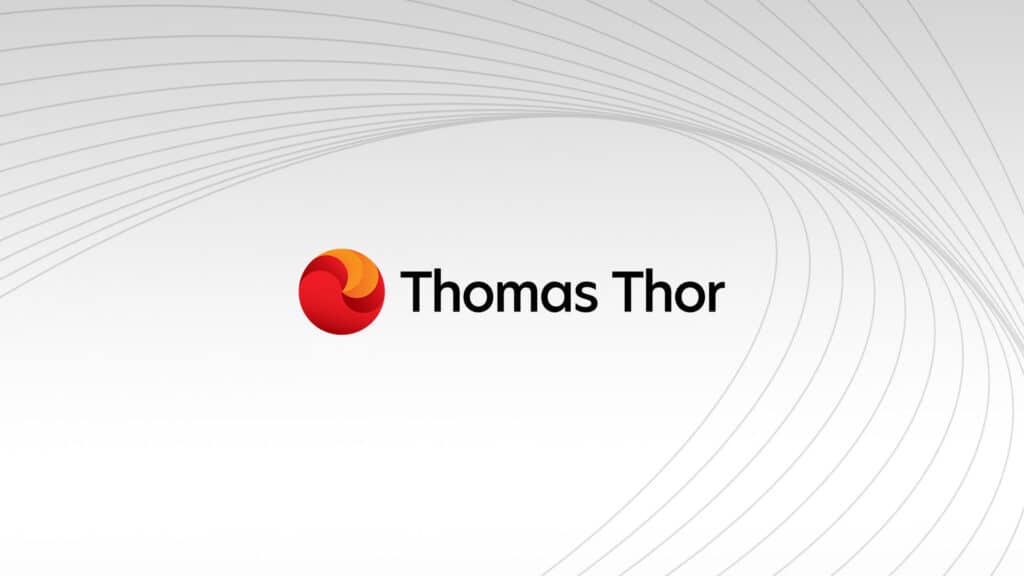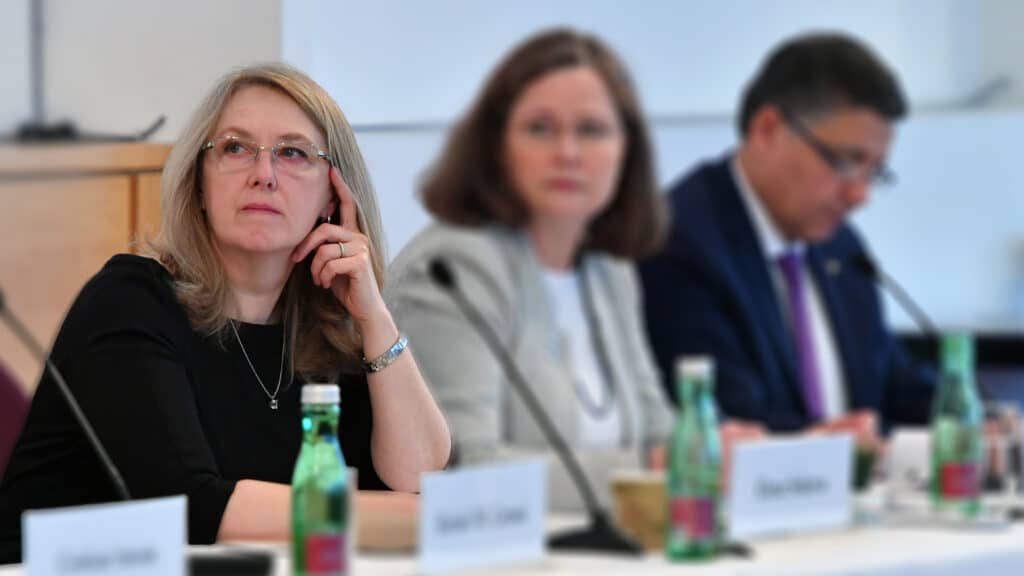The Second Nuclear Era: A new sustainable start for nuclear

Article written by Jorrit Swaneveld.
Climate change and the continuous depletion of fossil fuels is a tremendous contemporary problem in our society. A sustainable energy transition is required to supply the world with clean and sustainable energy. Uranium nuclear power is carbon neutral but faces much criticism.

One of the great minds of nuclear energy, Dr. Alvin Weinberg predicted the coming of a second nuclear era. Starting with the Manhattan project, Weinberg stood at the beginning of nuclear development and has held many important scientific positions over the years. Thorium Molten Salt Reactors, first developed by Weinberg’s Oak Ridge National Laboratory team, could very well be the technology that is needed to start Weinberg’s second nuclear era.
Thorium is an element named after the Norse god of thunder; Thor. Thorium as an element is radioactive and the good news is that you are probably sitting on it right now. It can be found in large concentrated deposits in countries such as India, USA, Norway, Australia and many others.
The Molten Salt reactor (MSR) is a vessel containing a liquid salt made up of fertile and fissile nuclides (e.g. 232Th and 233U) in which nuclear fission takes place. The salt acts as the fuel as well as the coolant resulting in very high heat production.
Traditional reactors have certain risks attached to them such as a steam explosion, these risks cannot occur in the MSR. MSR reactors are inherently safe by design, meaning that the reactor shuts itself down in the event of power-loss, and because the salt mixture containing thorium is liquid it will flush down through a frozen salt plug (which melts if electricity is lost) to safe containment tanks. The mixture also assists in providing added reactor safety through the so called negative temperature coefficient which is a natural way of ensuring the reaction does not continue uncontrollably. Furthermore, the fuel is fully used through reprocessing and recycling in the reactor. This causes the reactor to have a much higher resource efficiency than conventional light water reactors (LWR).
A major disadvantage of nuclear fission is the long-lived radioactive waste. Producing radioactive waste that lasts for thousands of years simply doesn’t sound like a good idea when talking to sustainable energy enthusiasts. However, by using a molten salt reactor all the fuel is being utilized through in situ cleansing of the salt and removing fission products. Practically this means no depleted fuel rods and very little long lived waste. 83% of the waste is no longer active after 10 years while the other 16% is no longer active after 300-500 years. Extremely small quantities (<1%) of plutonium could still be left behind in the waste and theoretically be recycled as fuel. Reactor decommissioning will however remain a delicate matter.
Interesting fact: Transatomic Power is developing a nuclear waste annihilating MSR.
The Molten Salt Reactor Experiment has proven itself as a prototype during the 1960’s as a result of the work of Alvin Weinberg. Based on this experiment some proponents of the MSR claim the cost of nuclear power from thorium MSRs can compete with coal. Unfortunately much research still has to be done before a commercial reactor can be tested. Challenges remain in cleaning the salt and developing resistant materials that can house the fuel for the anticipated lifetime of the reactor (60 years). However experts believe that the technical challenges of developing the MSR are not insurmountable.
Research into the Barriers and Drivers to MSR innovation based on interviews with key players in the Netherlands and UK using a theory on technological issues, Regulatory and Social factors has shown that non technological factors are withholding innovation.
The first and foremost factor is that there is very limited to no understanding of Thorium Molten Salt reactors within the political elite and the public. If funds are provided to develop new energy technology, they more often are allocated to existing technologies such as renewables or new Gen III reactors. As a consequence developments of new technologies face problems of funding, causing progress to be slow. Since development is slow the technology is suddenly overlooked by governments and technology platforms such as SNETP (Sustainable Nuclear Energy Technology Platform), causing a vicious circle effect, and development is slowed down further.
A second problem that the nuclear industry faces in general is that the public sentiment is not always favorable. Climate organisations do not view traditional nor advanced nuclear technologies including the MSR as climate friendly alternatives to fossil fuels. Finally nuclear safety authorities will need to allow a test reactor to be built and acquire enough knowledge to approve a commercial design if testing proves successful.
However; positively we could be closer than we think to Alvin Weinberg’s dream; a second nuclear era. SAMOFAR a five million euro European safety assessment of the MSR kicked off this year with Delft University of Technology as coordinator. The TU Delft also hosted an international symposium on MSRs this spring in cooperation with the Royal Dutch Institute for Engineers (KIVI), at which almost the entire MSR world was present. Developers such as Terrestrial Energy, Flibe and Transatomic Power, alongside TU Delft experts explained the features of the MSR concept and their designs to an audience of more than 300 researchers, journalists, politicians, students, environmentalists and industry guests. As a result the Thorium MSR was favorably discussed later that month in the Dutch House of Representatives.
If the transition to sustainable and cost efficient energy is to be successful, nuclear power will need to be accepted by our society. The Thorium Molten Salt Reactors could facilitate this acceptance and make Weinberg’s vision come true.
He never lived to see the day, Alvin Weinberg died on October 18, 2006 in Oak Ridge, USA.
Written by Jorrit Swaneveld. Peer reviewed by Prof. Dr. Rudy Konings, EC/JRC/ITU and TU Delft. Jorrit conducted his MBA research on the Barriers and Drivers to Liquid Fluoride Thorium Reactors using Technological Innovation Systems theory and currently works for Statistics Netherlands as a researcher. In his spare time he is dedicated to informing the Dutch public on the Thorium MSR.

Share this article
Related articles
Help us grow and achieve your potential at a values-driven business.




